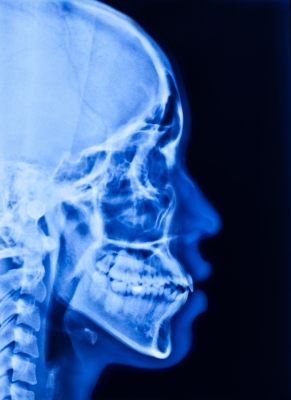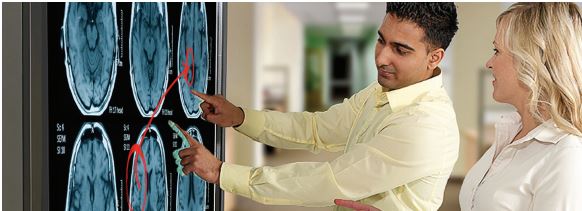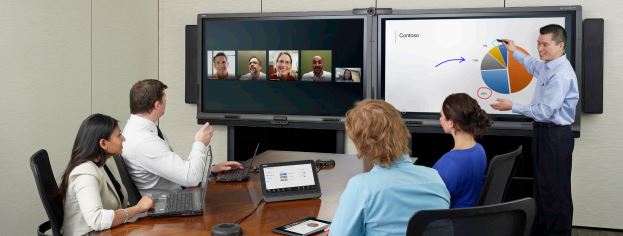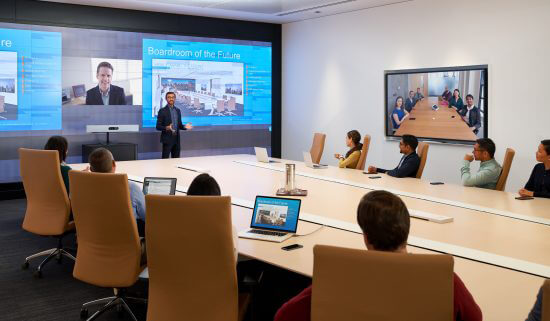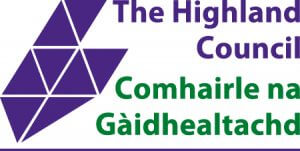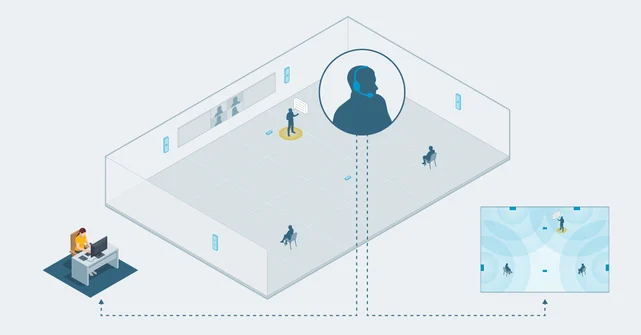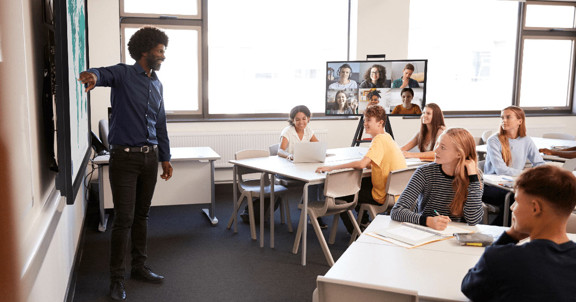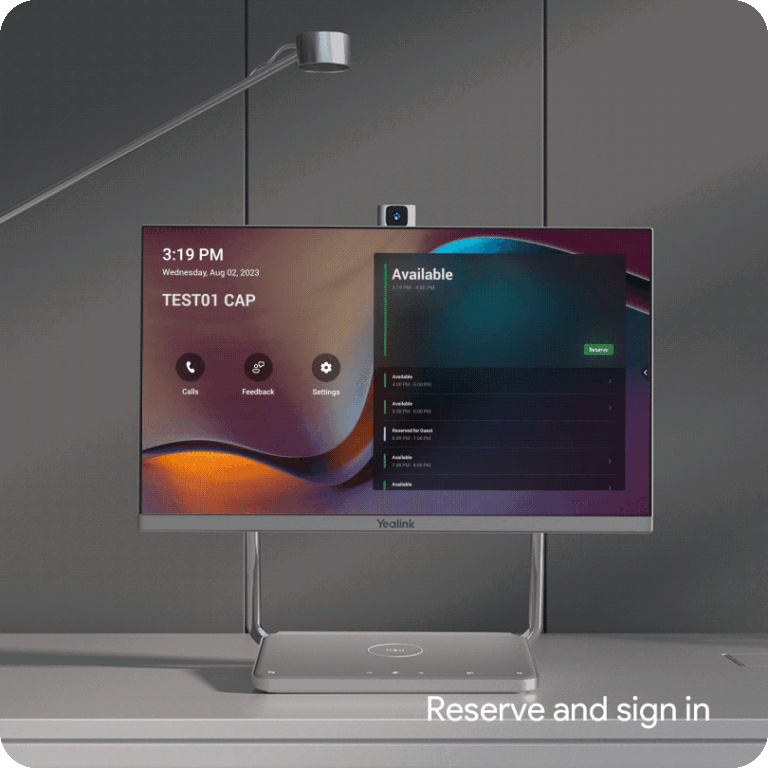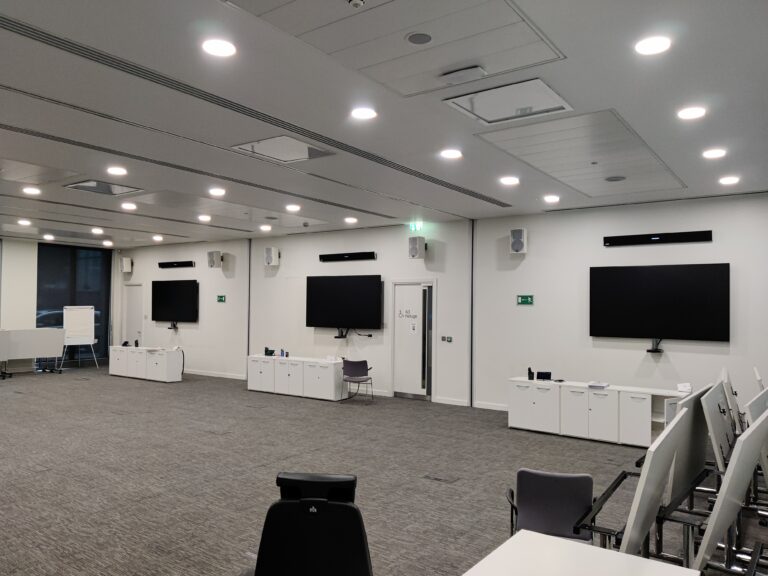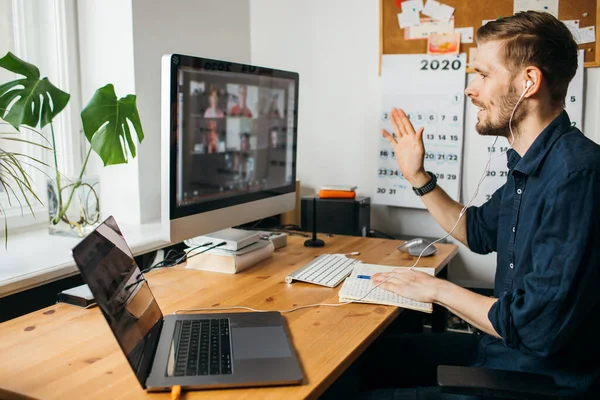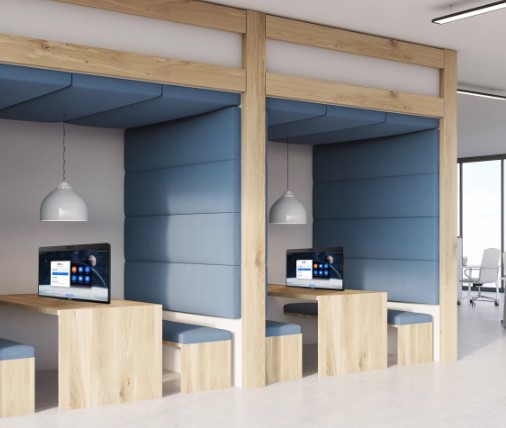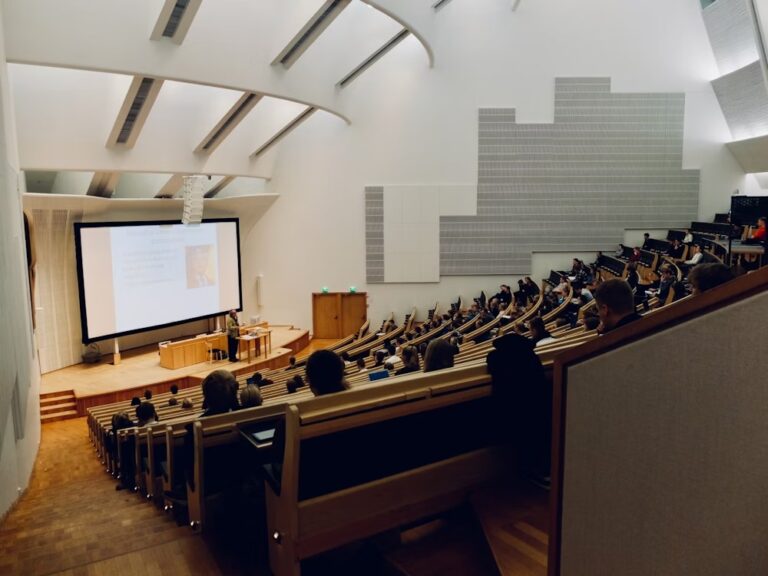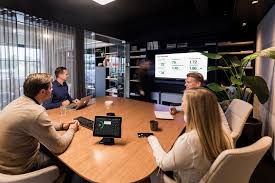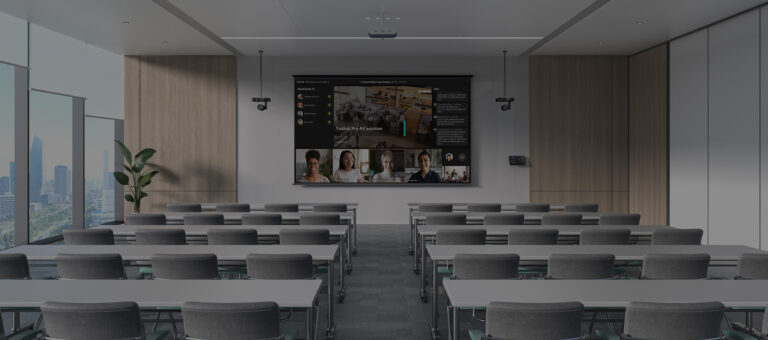Across the UK, NHS trusts are implementing new collaborative technologies which are helping clinical staff to easily access and update information needed about patients, so that they can help provide the highest standards of care, whilst meeting stricter targets and cuts in budgets.
Interactive whiteboards, touch panel displays and collaboration technologies are providing a much needed solution to improve efficiency in hospital wards, whilst MDT meetings and training sessions are much more effective and collaborative, providing doctors, nurses, clinicians, hospital management and other healthcare professionals vital assistance in diagnosing, treating and caring for patients. Hospital and medical staff may also recognise interactive whiteboards under more familiar names such as surgery boards, bed management whiteboards, patient dashboards and electronic tracking boards, to name a few.
So how can digital interactive technologies assist with improving patient care?
For wards, touch screen displays enable fast access of digital information, which can be viewed, discussed, modified and saved in real time. The recording of patient admissions, discharges, and transfers are instant and can be easily discussed, drawn and noted upon, and then distributed via email, externally if required. With access to immediate digital information, the current status of beds and patients can be viewed, easily, and new information added as soon as changes happen, resulting in more simple patient management, a faster turn around, and a much more efficient process throughout the hospital wards.
Interactive technology is often also found throughout hospital floors and at nurses stations, often with advanced functionality or integration with medical devices and cameras, and are able to remotely display an array of vital clinical information for a specific patient. This fast access to a range of medical information greatly speeds up administrative tasks, whilst reducing the risk of error associated with handwritten scrawls, misplaced paperwork and the late exchange of information.
Training can be improved too; medical students and staff are using interactive whiteboards to learn core clinical skills, and are realising the same benefits many schools, colleges, and universities have realised since their uptake and use has exploded over the last 15 years. By providing interactive, collaborative technology, extensive training is far less complicated and much more engaging. One system can be used for all classroom preparation, and students can be actively involved, followed by the teacher simply being able to save annotations and notes, and email them out to all students at an instant.
“If you want to have a case conference regarding a patient, you can pull up X-rays or the patients electronic medical record, and the Smart Board allows you to annotate and create a discussion that can be shared with other doctors, residents or students participating in the conference.”
Remote MDT Meetings
Collaborative interactive technologies also enables the sharing of information between distant hospitals, without the need to travel. Solutions such as SMART Bridgit provides a secure platform for inter-hospital remote collaboration, ensuring NHS Trusts can hold Multidisciplinary Team Meetings (MDT) on important cases and discuss and collaborate on high quality data and information without the cost and time associated with in-person meetings. See our project with NHS Royal Brompton.
Paired with professional Video Conferencing, such as VideoCentric’s recent project with NHS Brighton, clinicians, surgeons, radiologists, pathologists and other MDT meeting attendees can discuss patient health & current conditions, face-to-face, whilst sharing notes and decisions through SMART technology.
Plus, the integration of SMART Bridgit remote collaboration technology, interactive displays and video conferencing solutions means residents, practitioners, physicians and students can connect with, and learn, from specialists and surgeons wherever they are located around the world. This instantaneous access to remote healthcare specialists can save lives.
Keep Focused on Patient Outcomes
Miscommunication during patient case management leads to far higher rates of hospital re-admission. In fact, healthcare practitioners recognise that hospital re-admission can be reduced by 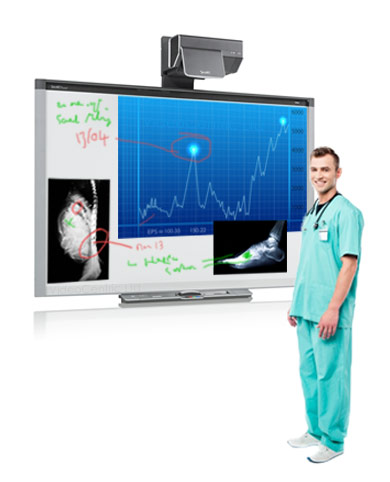 10% just through better patient case management.
10% just through better patient case management.
Too, the importance of visual information cannot be forgotten. Where a typical dry erase whiteboard can be used for written information, and at best, hand-drawn sketches, doodles and symbols, accessible media via an electronic whiteboard can range from the use of text and pictures to the use of HD photographs, animation and video. Visual information is proven to be far easier and faster to process by the human brain, in fact visuals are processed 60,000 times faster than text.
Through visual, engaging and interactive technologies, more effective collaboration takes place, resulting in far more effective case management, faster processing of information and tasks are far less erroneous.
Whether using technology for ward management, patient conferences, physician meetings, MDT sessions, presentations or training, or integrating solutions with patient EMR’s, medical information systems, video conferencing and clinical devices, health centres, hospitals and medical establishments around the UK and the globe are now implementing modern technology solutions aimed at improving the communication between patients, clinicians and care providers, which in turn aims to enhance safety, efficiency and the quality of care.
Are you a nurse, doctor or clinician that uses interactive whiteboards in your hospital? Are you a trainer who has used interactive technology to train students around the world? Or are you implementing technology into your hospital and are looking for ways in which to make the most of your investment? We’d love to hear your stories, comments and thoughts!
More Information
- Interactive Whiteboards: Boon or Bandwagon? A critical review of literature (eBook)
- Technology combined with good teaching leads to success
Visit our SMART Solutions page for more information about the VideoCentric & SMART partnership, and to see a number of products within the SMART Technology range. Contact us today to discuss your needs and find out about our other projects taking place in NHS trusts across the UK.

